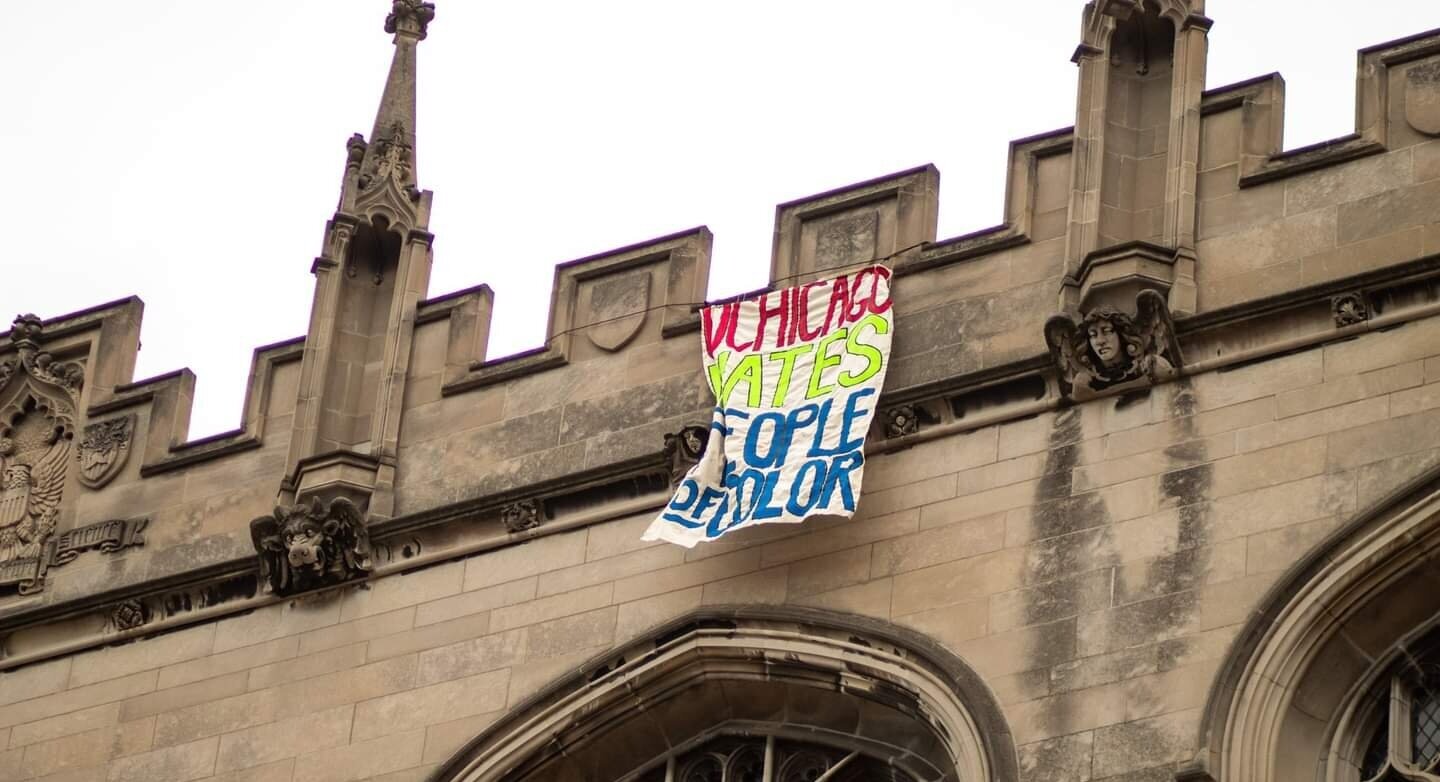
#CommunityCentersNow
Since its beginnings in the Spring of 2018, the Cultural Centers campaign had grown in its organizing and sharpened in its political analysis, particularly through the study of Third World Liberation Front student movement (TWLF) of the ‘60s and ‘70s. This had led us to understand that the work, (un)learning, and self & collective transformation we were doing within our multiracial organizing space is what Cultural Centers should replicate. Knowing this movement history, we decided to change our name to Community Centers in 2021.
We proposed the establishment of three distinct but interconnected centers in honor of freedom fighters such as Assata Shakur, Audre Lorde, Sylvia Rivera, and Grace Lee Boggs who embodied solidarity and struggle in their work. We envisioned Community Centers to be student-directed and built on an anti-oppression framework, with the purpose of providing space for students of color and members from the surrounding communities to heal from the institutional harm inflicted by the University, foster critical consciousness, and build collective power, which will ultimately be asserted to transform the university.
The #CommunityCentersNow campaign briefly existed in a joint campaign with #EthnicStudiesNow before becoming inactive in 2022.
Central to TWLM’S vision of an abolitionist and liberatory university was an understanding of the modern university as a gatekeeping institutions that harms not only marginalized students, faculty, and workers, but also the surrounding communities through practices like policing, gentrification, and micro/macro-aggressions that reproduce systems of oppression. This is the analysis of the university on which we base our vision for Community Centers at UChicago, and have arrived at five main values to guide the centers’ founding and subsequent work for which the centers will act as containers:
Anti-oppression
Critical thinking and consciousness
Solidarity
Collective power
Self-determination
Our Demands
Establish Community Centers—at minimum a Black Center, a Latinx Center, and an Asian/Asian American center—that are fully-funded and student-led, meaning at minimum, students have primary decision-making power over staff hires and the overall budget.
Establish Community Centers aligned on values of anti-oppression, critical thinking, solidarity, collective power (i.e. no single leaders), and self-determination. Through participation in programming, leadership development, and involvement in the Community Centers space, students will have space to unlearn oppression, develop critical thinking skills, practice solidarity, learn to build and share power collectively, and engage in collective struggle.
Community Centers must not be used to expand the University’s physical jurisdiction or contribute to the gentrification of the South Side.
Community Centers must work to not only be accessible to the South Side community in its programming and services, but also actively build and maintain accountable relationships with the South Side community. This stands in contrast to the University’s unidirectional civic engagement initiatives.
#CCN In the Press
As College Increases Its Diversity, Professor and Activists Argue Cultural Centers Improve Outcomes for Students of Color February 19, 2020 | The Chicago Maroon
UChicago United Protests for Multicultural Centers May 8, 2018 | The Chicago Maroon





